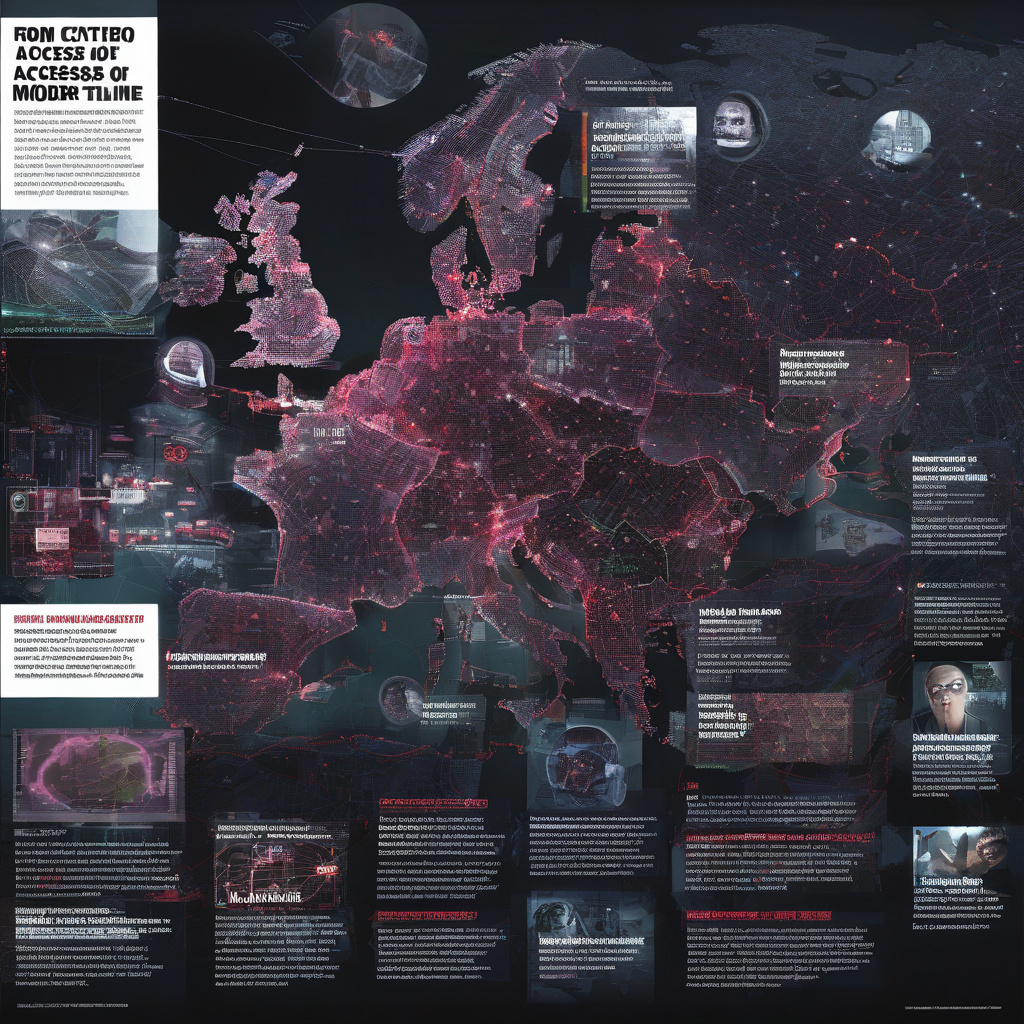From Infection to Access: A 24-Hour Timeline of a Modern Stealer Campaign
In the ever-evolving landscape of cybersecurity threats, one of the most concerning developments is the rise of stealer malware. No longer content with merely pilfering passwords, these sophisticated programs have now advanced to the point where they can snatch live sessions, granting attackers unprecedented access to sensitive information. This shift represents a significant escalation in cyber threat levels, as malicious actors are now capable of moving faster and more efficiently than ever before.
While the common perception may be that account takeovers primarily affect personal online services, the true danger lies within the realm of enterprise security. Recent research conducted by Flare, titled “The Account and Session Takeover Economy,” sheds light on this pressing issue. By analyzing over 20 million stealer logs and meticulously tracking attacker behavior, the study provides valuable insights into the tactics employed by cybercriminals in infiltrating corporate networks.
To understand the gravity of this threat, let’s delve into a hypothetical 24-hour timeline of a modern stealer campaign, from the initial infection to the exploitation of compromised access:
- Hour 1-2: Infection Phase
– The campaign begins with a carefully crafted phishing email sent to unsuspecting employees within the target organization.
– These emails contain malicious attachments or links that, when clicked, deploy the stealer malware onto the victim’s device.
– Once inside the system, the malware operates stealthily, avoiding detection by traditional security measures.
- Hour 3-6: Reconnaissance and Data Collection
– The malware starts its reconnaissance phase, scouring the infected device for sensitive information such as login credentials and session tokens.
– By extracting live session data, the attackers gain the ability to impersonate legitimate users and move laterally within the network undetected.
– This period is critical for the attackers, as they lay the groundwork for escalating their access and exfiltrating valuable data.
- Hour 7-12: Escalation and Privilege Elevation
– Armed with stolen credentials and live session tokens, the attackers begin to escalate their privileges within the network.
– They exploit vulnerabilities in the system to gain administrative access, enabling them to penetrate deeper into the organization’s infrastructure.
– At this stage, the threat actors have established a foothold within the network and are poised to carry out more extensive attacks.
- Hour 13-18: Movement and Lateral Progression
– With elevated privileges, the attackers move laterally across the network, seeking out high-value targets and critical systems.
– They carefully navigate through the organization’s digital landscape, avoiding detection by security protocols and blending in with legitimate user activity.
– This phase is characterized by a methodical approach to expanding their reach and maximizing the impact of their intrusion.
- Hour 19-24: Data Exfiltration and Cover-Up
– As the campaign nears its conclusion, the attackers focus on exfiltrating sensitive data from the compromised network.
– They employ sophisticated techniques to transfer the stolen information to external servers under their control, evading detection.
– To cover their tracks and maintain access for future attacks, the threat actors erase any traces of their presence within the system.
This hypothetical timeline illustrates the speed and precision with which a modern stealer campaign can unfold, highlighting the critical need for robust cybersecurity defenses in today’s digital landscape. As attackers continue to refine their tactics and exploit vulnerabilities in increasingly sophisticated ways, organizations must remain vigilant and proactive in safeguarding their networks.
By staying informed about the evolving nature of cyber threats and investing in comprehensive security measures, businesses can mitigate the risk of falling victim to devastating attacks. The insights provided by research such as Flare’s study serve as valuable resources in understanding the tactics employed by malicious actors and developing effective counterstrategies to protect sensitive data and preserve the integrity of digital infrastructure.

